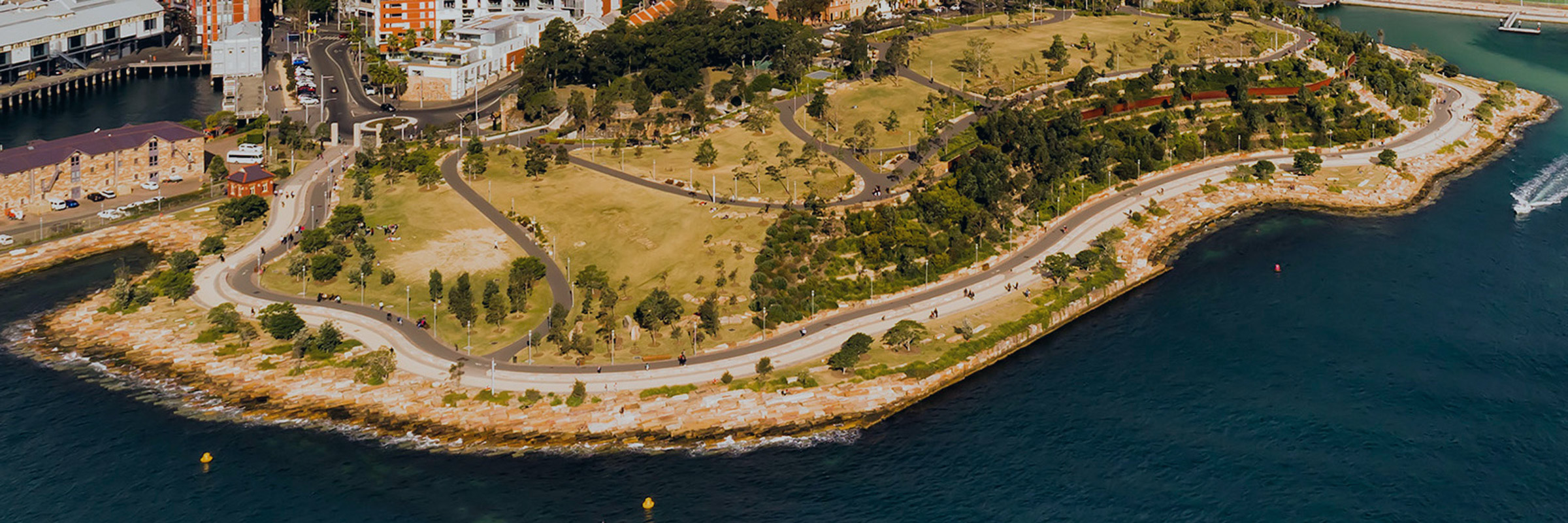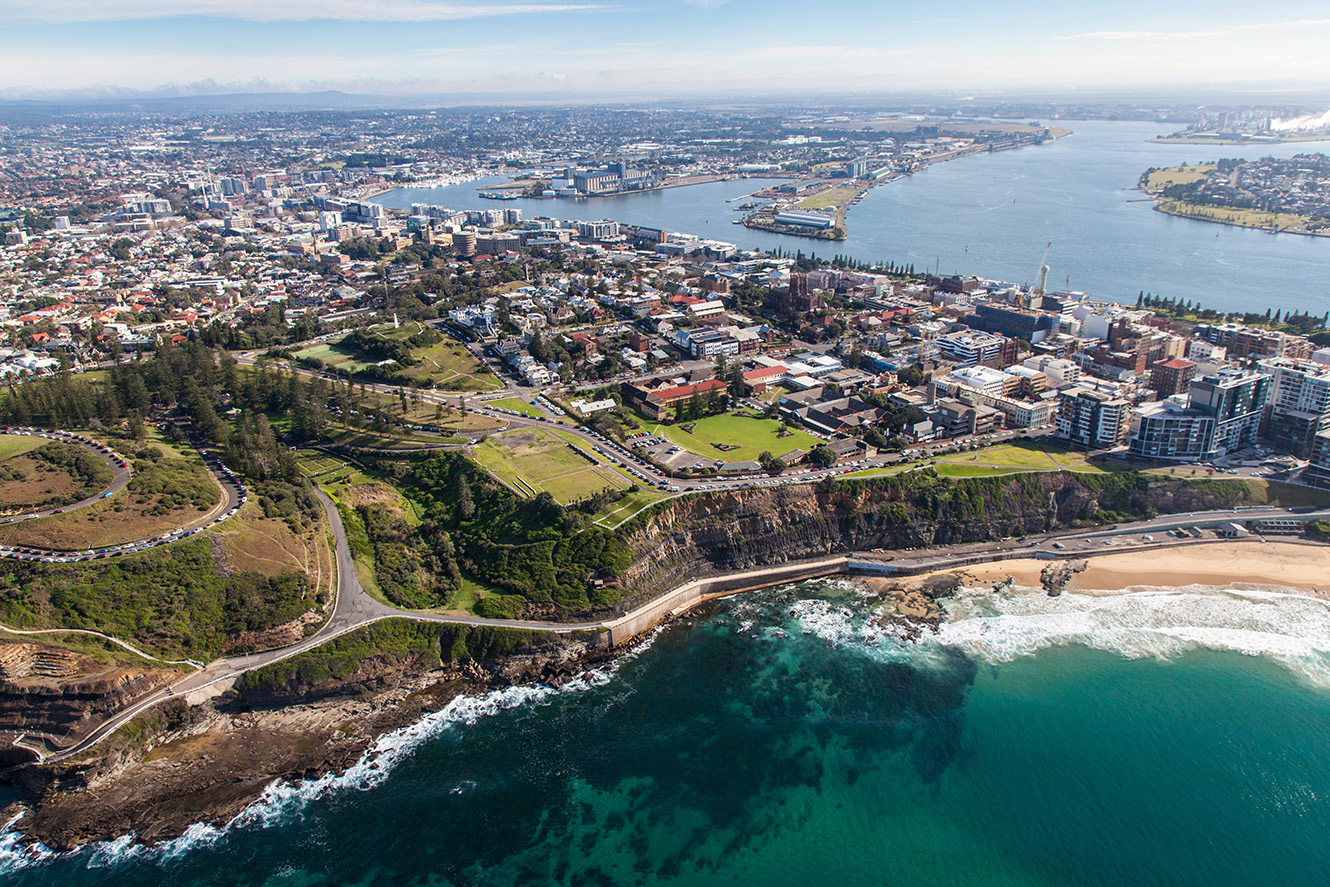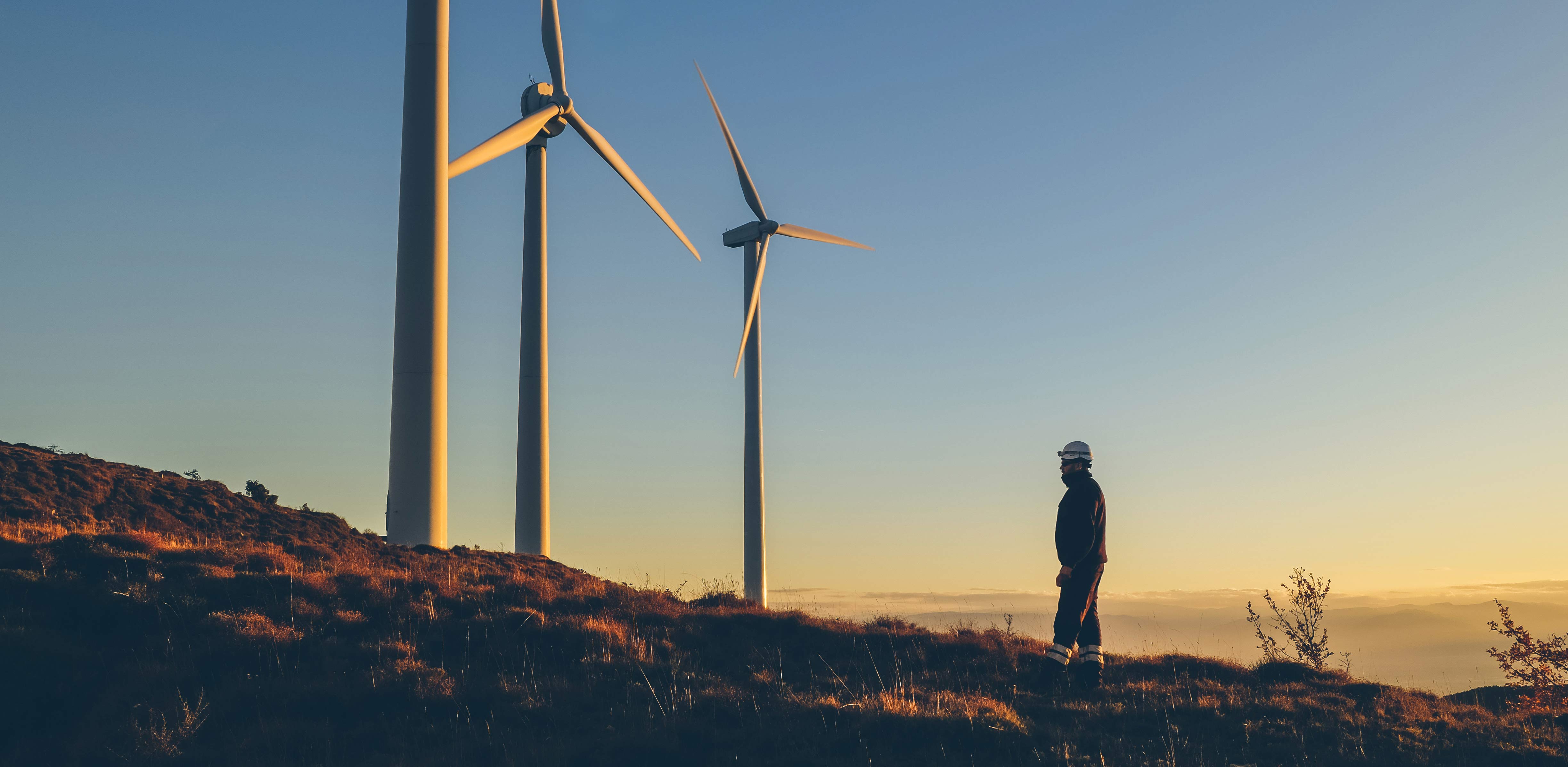
 The next decade will see a number of former mine sites and coal fired power stations potentially close with the decarbonisation of the economy. In the case of mine sites, owners will have rehabilitation provisions in their mining lease contract. The usual requirement is to return the land to its natural landform. It is not uncommon for sites to include a small component of the land that was actually mined and a large area as the balance of site. An option some companies are exploring is adaptive reuse of these balance of site areas for residential or industrial development. Whilst there are statutory planning and regulatory considerations, adaptive reuse of surplus land may benefit the communities that have relied on the previous activities for employment.
The next decade will see a number of former mine sites and coal fired power stations potentially close with the decarbonisation of the economy. In the case of mine sites, owners will have rehabilitation provisions in their mining lease contract. The usual requirement is to return the land to its natural landform. It is not uncommon for sites to include a small component of the land that was actually mined and a large area as the balance of site. An option some companies are exploring is adaptive reuse of these balance of site areas for residential or industrial development. Whilst there are statutory planning and regulatory considerations, adaptive reuse of surplus land may benefit the communities that have relied on the previous activities for employment.
An interesting challenge is identifying emergent demand that might underpin any prospective development. And this poses challenges given the foundation of Australia’s existing economy. In a recent update to the Atlas of Economic Complexity, researchers at Harvard’s Centre of International Development found that Australia has experienced one of the fastest declines in ratings. Economic complexity measures a country’s diversity and sophistication of knowledge and is seen as a key predictor of future growth. Our GDP is still largely made up of extractive industries and primary production. Other countries that have diversified their economies, such as India, Vietnam and Pakistan, have focused on new export markets such as financial services, electronics, chemicals and energy. So how can we capture the opportunities arising from industrial transformation to bolster our economic complexity, and where might future demand for alternate land uses come from?
Ultimately the success of the incoming wave of industrial transformation hinges on demand, along with the ability to commercialise new technology to achieve sustainable returns. Balance this with land supply coming online and the opportunities are great for regional Australia.
The Federal Government has initiatives to support productivity and innovation through the development of new Industry Growth Centres. Key growth areas such as cyber security and advanced manufacturing, food and agribusiness and medical technologies have been identified as opportunities. A number of emerging areas of interest such as hydrogen, renewables and biotechnology all show promise, and both state and federal governments are partnering with industry to align policy with competitiveness.
A key issue for regional locations is how to reuse land for an appropriate purpose underpinned by demand for these growth initiatives. An example would be that food and agribusiness initiatives may be more suitable than cyber security given the infrastructure and workforce demands needed to support new industry development.
Ultimately the success of the incoming wave of industrial transformation hinges on demand, along with the ability to commercialise new technology to achieve sustainable returns. Balance this with land supply coming online and the opportunities are great for regional Australia.
Related
insights
 Australia’s land is ready for a revolution Part 2
Australia’s land is ready for a revolution Part 2
In Australia’s land is ready for a revolution – Part 1, I discussed the opportunities for industrial transformation in Australian regional centres and how these changes could take shape. In Part 2, I look more closely at key considerations for the redevelopment of land.
 Australia’s renewable energy sector - 2019 and beyond
Australia’s renewable energy sector - 2019 and beyond
A fifth of the world's energy consumption was supplied by renewables in 2018 and research has shown that global renewable power capacity could provide more than a quarter of the world's electricity within the next few years.
 Could Virtual Power Plants be the answer to Australia’s energy woes?
Could Virtual Power Plants be the answer to Australia’s energy woes?
Australia is in the midst of a significant energy transformation. It’s estimated that by 2040 the vast majority of Australia’s coal-fired power stations will have been retired, and the nation should be running on 85% renewable energy.





